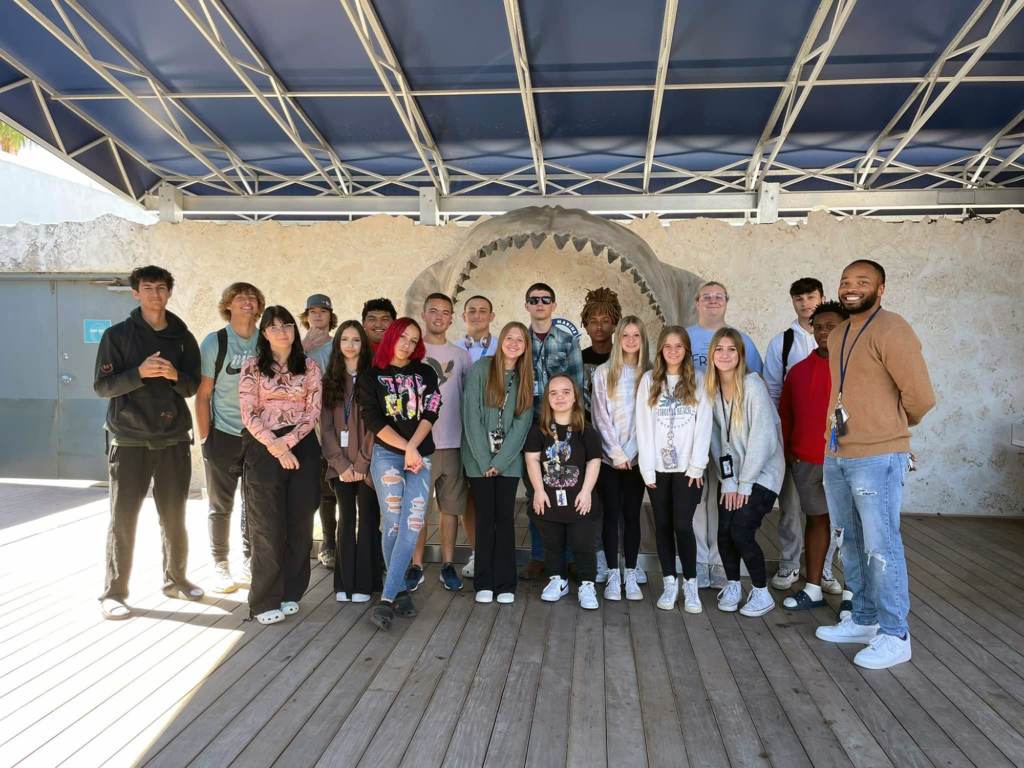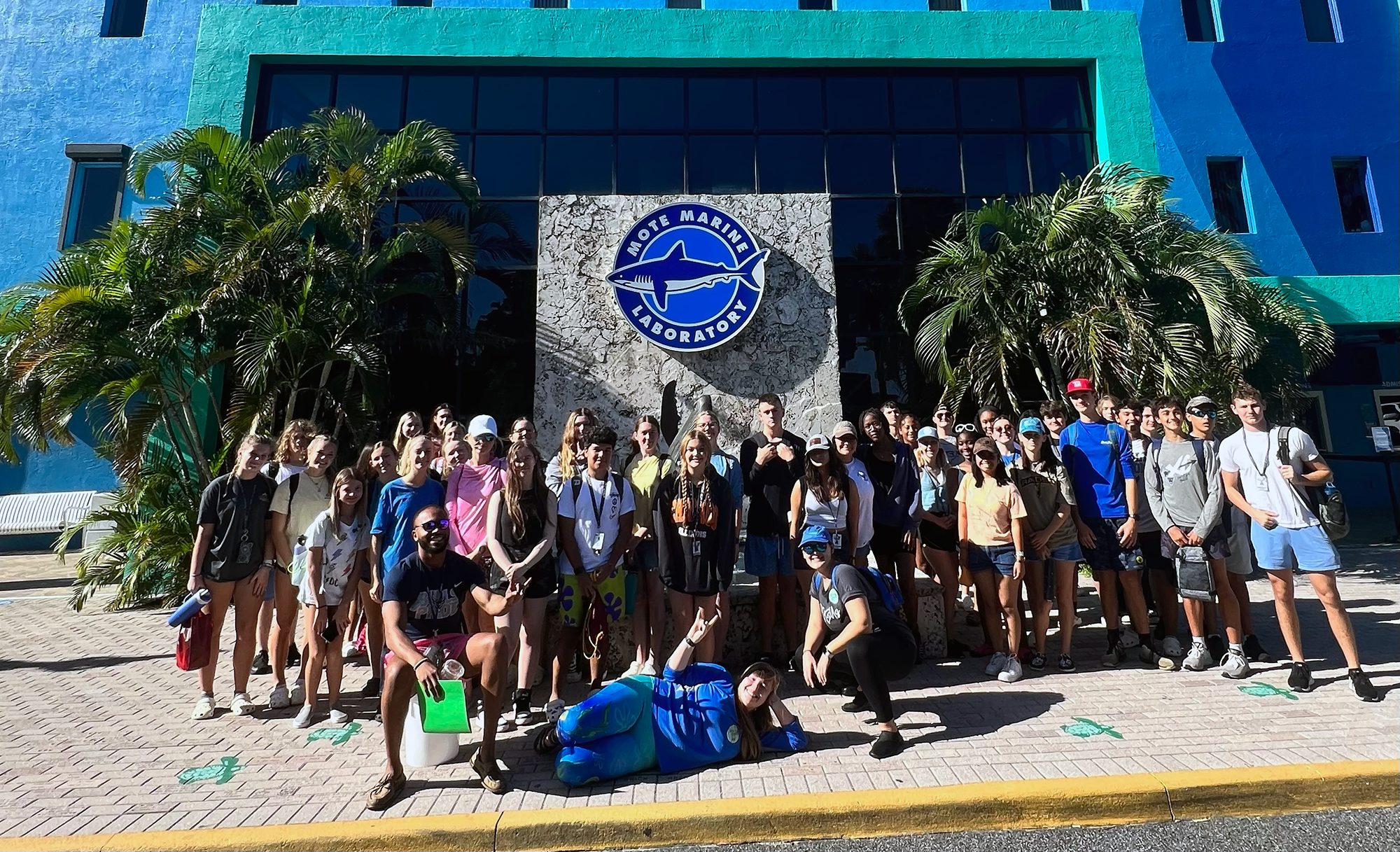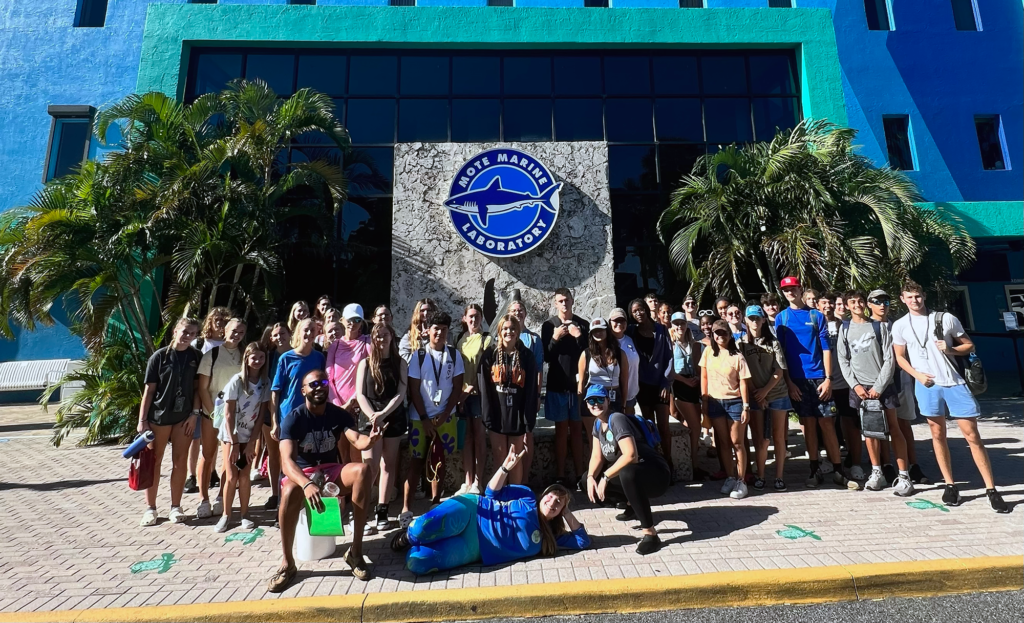
Can you remember the last field trip you went on in school? Not counting college or competitions, the last one I went on was in 7th grade, and that one wasn’t even for my class, I just happened to hop along for the ride! Field trips are that piece of schooling that we look fondly on or look at the media and go “lol my school would never do a field trip.” While I passionately believe, especially in science classes, field trips are one of the most important and crucial experiences students can have, many schools lack funding or teachers who are willing to put in the effort to make these valuable little memories happen.
Read more: Field Trips!Field trips require a lot of time, dedication, and money to get off the ground, so I can’t blame a teacher for believing that it’s not worth the effort. But to me, every bit of my blood, sweat, and tears that went into putting together FOUR field trips this year was worth it.
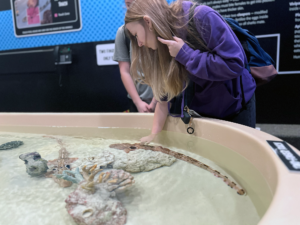
This year, I was so thankful to be told that my school district chose marine science to highlight and fund field trips for. As soon as I got that email, I hopped on at light speed to secure spots for all 165 of my students. With six classes it was easy to split them up into two class blocks over the course of a couple of months. With that confirmed, I was thrilled when I was notified that I ALSO received the Splash! Grant through the Southwest Florida Water Management District. This was the second year of getting funding for this grant and I was thrilled that I would be taking my honors students on a SECOND field trip to go collecting local fish for our aquarium.
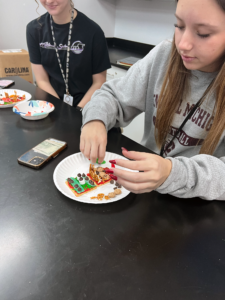
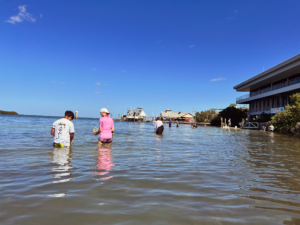

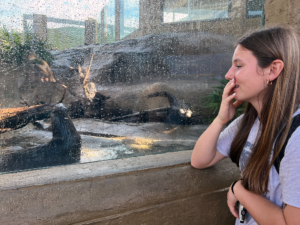

In October, some of my students got to go on their first trip. My third and fifth period classes rounded up and went to Mote Marine Laboratory and Aquarium to complete a shark tagging activity and visit the aquarium. While this was a test run for this year, I was happy with the engagement of my students with the material they were being taught, as well as the excitement they got from seeing all the different animals on display in the aquarium. Since we were learning about estuaries in class, I could see the dots being connected for them in how the world worked through seeing these animals up close.
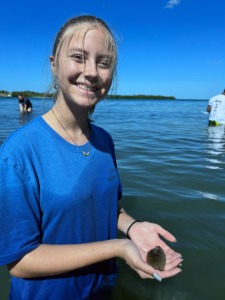
While two of my other three field trips went much the same, in late October I took my two honors class out to experience a different field trip. While we still ended up at Mote, these students were checking out the aquarium that day, instead they would be spending the day in the water, collecting local estuary organisms to possibly take back to our aquarium. This experience was a blend of having them see the biodiversity that exists in Sarasota Bay, and also to see in person how an estuary looks and how it works. The experience for them to go out and observe these estuary characteristics up close was invaluable. While yes, they were so excited to see what we caught and what would come back with us, they kept that energy for weeks, even months after the trip, so much so they wanted to come out and experience collection with me again, at different estuaries to compare them and see what other animals we found. Overall, this experience has really cemented my belief that field trips are such an effective method for getting students to understand and appreciate science and the world around us. From just looking in the aquarium at all the animals they may have never seen before, to getting out in the water to find local animals and see the diversity the world around them can have, all my students had such a wonderful time. And for me, it was worth every bit of stress and lack of sleep to make sure it happened. Experiential Learning for the win!
